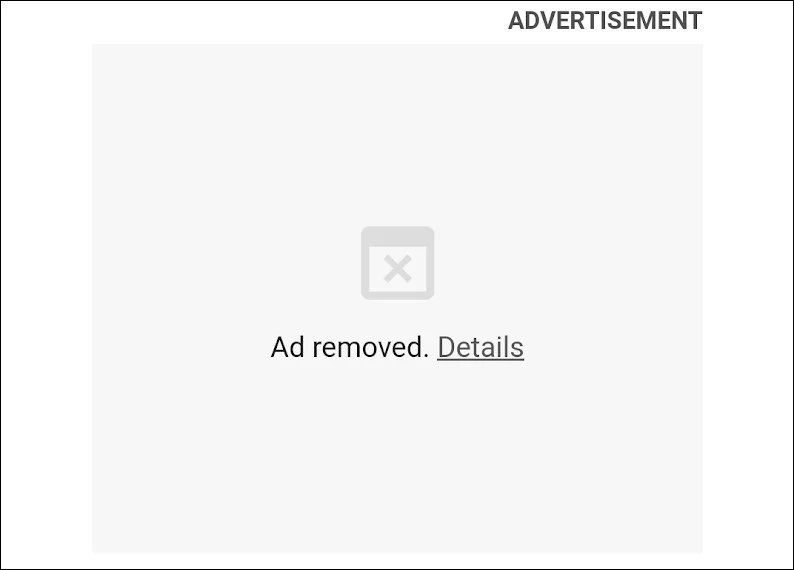KEEP IN TOUCH
Subscribe to our mailing list to get free tips on Data Protection and Cybersecurity updates weekly!







Google is rolling out a new feature that allows the Google Chrome web browser to automatically unload web ads that use a disproportionate amount of system resources as part of an effort to reduce the browser’s network and CPU footprint.
These resource-intensive heavy ads are known for ruining users’ web browsing experience by making web pages load slower than normal, by draining their devices’ battery, and by consuming mobile data for users without unlimited plans.
“As this is a significant intervention, we intend to roll it out gradually throughout the month of September in Chrome M85,” Google software engineer John Delaney said earlier this month.
“We will monitor any breakage or unintended effects of the intervention as we ramp up.”
Also read: Best Privacy Certification: 3 Simple Steps On How To Achieve
Google is using a thresholds-based system to spot heavy ads, a system that will automatically mark them as causing performance issues if users do not interact with them and if they meet these criteria:
As Chrome Product Manager Marshall Vale said in May, although only 0.3% of all ads displayed online will exceed these very specific thresholds, they are also behind 26% of all the network data and 28% of all CPU resources used by online ads.
Ad behaviors discouraged by Chrome’s new anti-heavy ad intervention system include mining cryptocurrency in-browser, loading large and poorly compressed images, and loading large video files before a user gesture.
The heavy-ads blocking will also automatically unload ads that perform resource-intensive JavaScript operations including CPU timing attacks and video decoding.

“In order to save our users’ batteries and data plans, and provide them with a good experience on the web, Chrome will limit the resources a display ad can use before the user interacts with the ad,” Vale added.
“When an ad reaches its limit, the ad’s frame will navigate to an error page, informing the user that the ad has used too many resources.”
You can test the heavy ads blocking feature on some sample content available on heavy-ads.glitch.me and you can also use it to load arbitrary URLs to test custom sites.
Google started working on this feature in July 2019 as part of a larger effort trying to steer online ads into becoming friendlier, with Google Chrome blocking a whole range of abusive or misleading advertisements starting with version 71 that was released in December 2018.
To filter harmful and resource-heavy web ads, Chrome follows the Better Ads Standards to determine if a website is showcasing potentially abusive ads.
Ads previously included in Google Chrome’s blocklist are those that promote and distribute malware, feature hidden click areas, show fake messages and alerts, display fake mouse pointers, abuse non-interactive redirects, and those that generally present misleading behavior.
Also read: 5 Self Assessment Tools To Find The Right Professional Fit